You are basically looking for the starting indices of a list in another list.
Approach #1 : One approach to solve it would be to create sliding windows of the elements in list in which we are searching, giving us a 2D array and then simply use NumPy broadcasting to perform broadcasted comparison against the search list against each row of the 2D sliding window version obtained earlier. Thus, one method would be -
# strided_app is from https://stackoverflow.com/a/40085052/
def strided_app(a, L, S ): # Window len = L, Stride len/stepsize = S
nrows = ((a.size-L)//S)+1
n = a.strides[0]
return np.lib.stride_tricks.as_strided(a, shape=(nrows,L), strides=(S*n,n))
def pattern_index_broadcasting(all_data, search_data):
n = len(search_data)
all_data = np.asarray(all_data)
all_data_2D = strided_app(np.asarray(all_data), n, S=1)
return np.flatnonzero((all_data_2D == search_data).all(1))
out = np.squeeze(pattern_index_broadcasting(l, m)[:,None] + np.arange(len(m)))
Sample runs -
In [340]: l = [5,6,7,8,9,10,5,15,20,50,16,18]
...: m = [10,5,15,20]
...:
In [341]: np.squeeze(pattern_index_broadcasting(l, m)[:,None] + np.arange(len(m)))
Out[341]: array([5, 6, 7, 8])
In [342]: l = [5,6,7,8,9,10,5,15,20,50,16,18,10,5,15,20]
...: m = [10,5,15,20]
...:
In [343]: np.squeeze(pattern_index_broadcasting(l, m)[:,None] + np.arange(len(m)))
Out[343]:
array([[ 5, 6, 7, 8],
[12, 13, 14, 15]])
Approach #2 : Another method would be to get the sliding window and then get the row-wise scalar view into the data to be search data and the data to be search for, giving us 1D data to work with, like so -
# view1D is from https://stackoverflow.com/a/45313353/
def view1D(a, b): # a, b are arrays
a = np.ascontiguousarray(a)
void_dt = np.dtype((np.void, a.dtype.itemsize * a.shape[1]))
return a.view(void_dt).ravel(), b.view(void_dt).ravel()
def pattern_index_view1D(all_data, search_data):
a = strided_app(np.asarray(all_data), L=len(search_data), S=1)
a0v, b0v = view1D(np.asarray(a), np.asarray(search_data))
return np.flatnonzero(np.in1d(a0v, b0v))
out = np.squeeze(pattern_index_view1D(l, m)[:,None] + np.arange(len(m)))
2020 Versions
In search of more easy/compact approaches, we could look into scikit-image's view_as_windows for getting sliding windows with a built-in. I am assuming arrays as inputs for less messy code. For lists as input, we have to use np.asarray() as shown earlier.
Approach #3 : Basically a derivative of pattern_index_broadcasting with view_as_windows for a one-liner with a as the larger data and b is the array to be searched -
from skimage.util import view_as_windows
np.flatnonzero((view_as_windows(a,len(b))==b).all(1))[:,None]+np.arange(len(b))
Approach #4 : For a small number of matches from b in a, we could optimize, by looking for first element match from b to reduce the dataset size for searches -
mask = a[:-len(b)+1]==b[0]
mask[mask] = (view_as_windows(a,len(b))[mask]).all(1)
out = np.flatnonzero(mask)[:,None]+np.arange(len(b))
Approach #5 : For a small sized b, we could simply run a loop for each of the elements in b and perform bitwise and-reduction -
mask = np.bitwise_and.reduce([a[i:len(a)-len(b)+1+i]==b[i] for i in range(len(b))])
out = np.flatnonzero(mask)[:,None]+np.arange(len(b))


